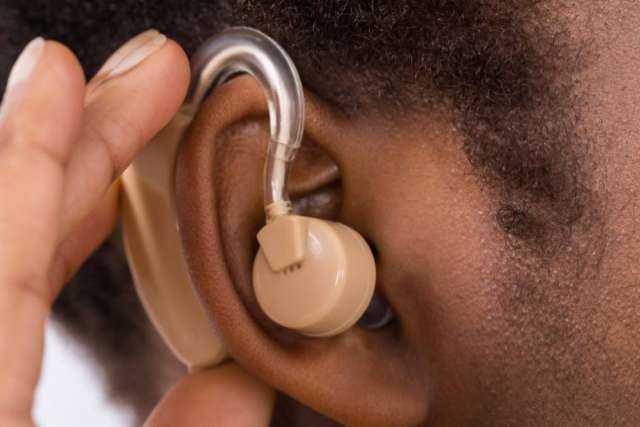Understanding Over-the-Counter Hearing Aids: A New Era of Accessibility

Hearing loss affects millions of people, yet many hesitate to seek help due to cost, inconvenience, or stigma. In response to this growing need, over-the-counter hearing aids have emerged as a game-changing option—making hearing support more affordable and accessible without requiring a prescription or visit to an audiologist.
Over the counter hearing aids are FDA-approved devices designed for adults with perceived mild to moderate hearing loss. Unlike traditional hearing aids, which require a professional fitting, these can be purchased online or in retail stores and set up at home. They’re often ready to use right out of the box or can be customized through a companion app, offering convenience that fits today’s consumer expectations.
The introduction of OTC hearing aids was made possible by a 2017 law and finalized by the FDA in 2022, allowing manufacturers to sell directly to consumers. The goal is to reduce barriers to hearing care—especially for people who may not be ready for a full clinical process but still want to improve their hearing in everyday situations.
One of the biggest advantages of OTC hearing aids is cost savings. Traditional hearing aids can cost thousands of pounds or dollars and often include bundled services like fittings and follow-up visits. In contrast, OTC models typically range from £200 to £800 per pair, depending on features and brand. This opens the door for many people to try hearing aids who previously avoided them due to cost.
Modern OTC hearing aids also offer impressive technology. Many models include features like background noise reduction, directional microphones, volume control, and Bluetooth connectivity. Some use smartphone apps that allow users to fine-tune sound settings based on their preferences or specific listening environments. Others are rechargeable and offer a sleek, discreet design similar to wireless earbuds.
However, OTC hearing aids are not for everyone. They are intended only for adults with mild to moderate hearing loss—typically people who notice they’re missing words in conversation, need the TV volume higher than others, or struggle to hear in noisy settings. Individuals with more severe hearing loss, sudden hearing changes, or underlying ear conditions should still consult a hearing professional for evaluation and treatment.
Another consideration is support and follow-up. Unlike professionally fitted hearing aids, OTC options may not come with personalized service. Users need to be comfortable setting up the devices, managing software, and making their own adjustments. While many brands offer online support and user guides, it’s a more self-directed experience.
Still, the arrival of over-the-counter hearing aids represents a major step forward in hearing care. They provide a flexible, affordable option for people who want to improve their hearing without jumping through medical or financial hoops. For tech-savvy users and those just starting to notice signs of hearing loss, they offer a valuable first step toward better hearing—and a better quality of life.
In short, OTC hearing aids are helping to democratize hearing support, putting more control into the hands of consumers and bringing better hearing within reach for millions.



